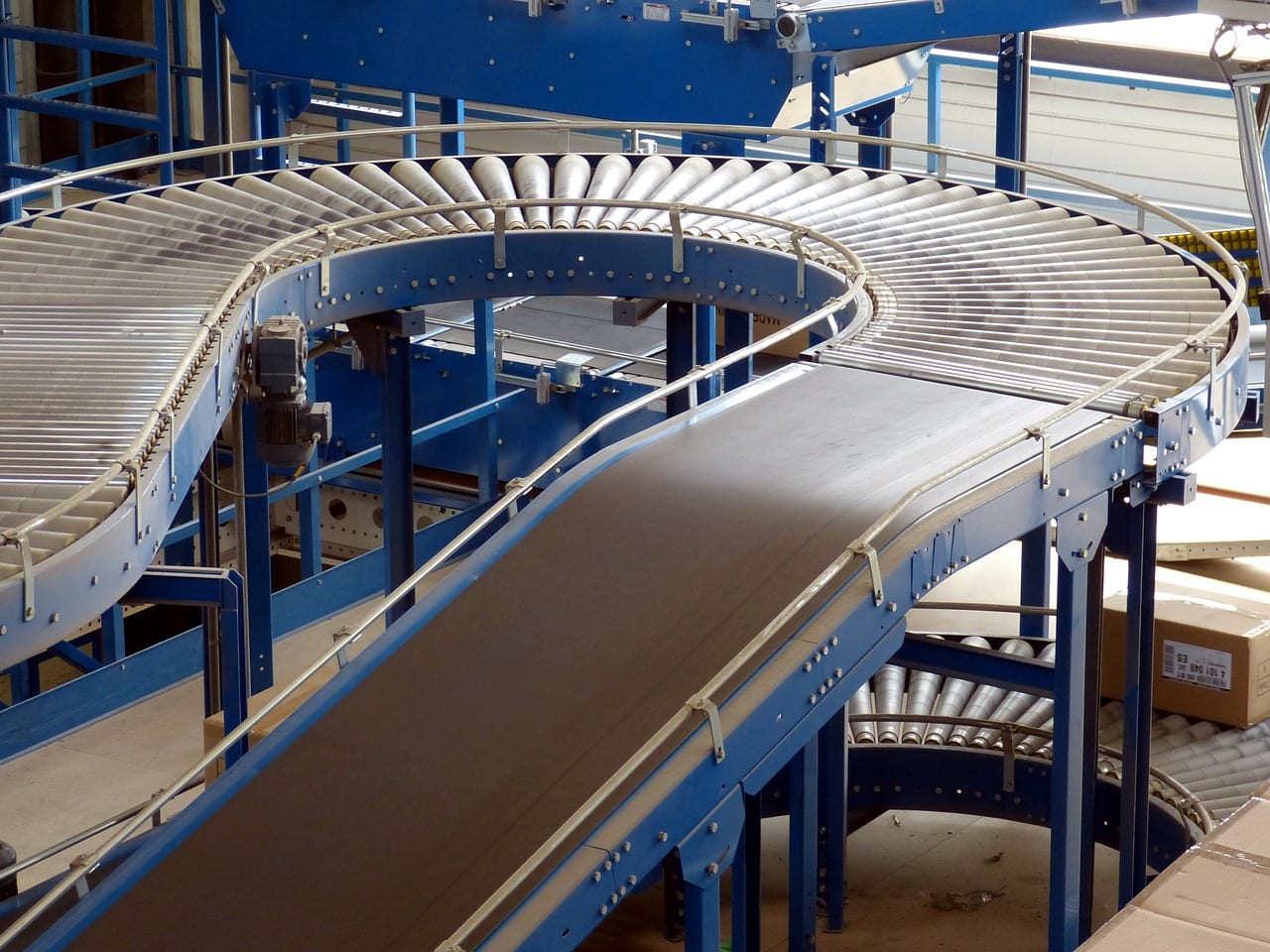Improving The Workflow Of Your Factory Operation

Examine The Current Workflow
To solve any problem, we have got to see if there is a problem and admit to it. We need to look at the workflow of our factory, and gauge the current state. Examine individual components such as workbenches, and see if there are individual components that are holding up the entire process. If, for example, workers are too busy fiddling with air fittings, when it can be achieved by automating this process, putting the stops in place to make this a reality can take some time. But when you look at how much effort will be saved, so workers can focus on other tasks, it becomes necessary. The current workflow needs a stringent examination. Only then can you improve.
Acknowledgement Of Your Employees
Collaboration is a difficult process to implement in a factory environment. After all, people are working individually, but when we look at the bigger picture, this can encourage collaboration. But we also have to remember that we need to collaborate with our employees to get their opinions. Ultimately, they are on the floor, not you. They will have better insights than you on developing a more efficient workflow. This could very well be to do with something like the culture, working practices, or it could be something to do with the technology. A lot of workers are reticent of automation because they may feel they are being put out of a job. This is your responsibility to highlight that automation is designed to aid the employee rather than to take over them.
Invest In Preventative Maintenance
If technology is a barrier to increased workflow, is it because the equipment keeps breaking down? Preventative maintenance could very well cause issues in the short-term, but when you look at the impacts of workflow over time, it may be essential to invest in planned maintenance, despite downtime, to ensure that the equipment does its job. We only have to look at how a manufacturing operation can falter when one piece of equipment breaks down. It could very well shut down operations for the entire day.
Improving the workflow can also be done by encouraging accountability, as well as managing expectations. In a factory setting, where people feel like they are pieces of a puzzle rather than a whole unit, employees need to be encouraged to have more accountability so they are taking more responsibility for their work. But this means we have to implement a culture that can encourage people’s ability to speak up when they see inefficient actions. This is easier said than done in an environment that is perpetually noisy.












Leave a Reply
Want to join the discussion?Feel free to contribute!